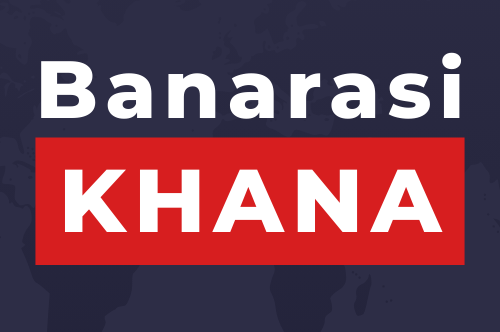With the recent release of OpenAI’s GPT-3 (Generative Pre-trained Transformer 3), the world is witnessing a new era of AI language models that are set to revolutionize a wide range of industries and applications. GPT-3 is the largest and most powerful language model created to date, with 175 billion machine learning parameters, significantly surpassing its predecessor GPT-2, which had just 1.5 billion parameters. This remarkable advancement in AI has unlocked unprecedented potential for natural language processing, understanding, and generation.
The capabilities of GPT-3 are nothing short of groundbreaking. Its ability to comprehend and generate human-like text is so advanced that it has been compared to a digital brain. GPT-3 can contextually understand and respond to complex prompts and generate coherent and contextually relevant text that closely resembles human speech. It can complete sentences, paragraphs, and even entire articles with uncanny accuracy and coherence. Additionally, GPT-3 can be used for a wide range of language-related tasks, such as translation, summarization, comprehension, and question-answering, to name just a few.
The implications of GPT-3’s capabilities are immense across various industries. In the field of education, GPT-3 can be utilized to develop intelligent tutoring systems that can assess and support student learning. In healthcare, GPT-3 can help streamline and automate medical transcription and documentation, leading to more efficient and accurate patient care. In customer service, GPT-3 can power chatbots that provide human-like responses to customer inquiries, improving user experience and decreasing response times. Additionally, GPT-3 has the potential to significantly impact creative fields such as writing, art, and music, as it can assist in generating ideas, content, and even compositions.
However, with such power comes the need for careful consideration of ethical and privacy concerns. Given GPT-3’s ability to generate highly convincing and realistic text, there is the potential for malicious actors to misuse it for the spread of disinformation, propaganda, or fake news. OpenAI has implemented strict controls to mitigate these risks, but the responsible and ethical use of GPT-3 will continue to be an important consideration for developers and users.
Despite these challenges, the potential benefits of GPT-3 are truly transformative. Its ability to understand and generate human-like language at an unprecedented scale opens up vast opportunities for innovation and progress in a wide range of sectors. As more developers gain access to GPT-3 through OpenAI’s API, we can expect to see a wave of new applications and solutions that harness the power of this revolutionary AI language model.
In conclusion, the release of GPT-3 marks a new era of AI language models that is set to reshape the way we interact with technology and the world around us. Its unparalleled ability to understand and generate human-like text has the potential to revolutionize industries, drive innovation, and enhance human productivity. As developers continue to unlock the full potential of GPT-3, we can anticipate a future where AI language models play an essential role in supporting and augmenting human capabilities, leading to a new era of progress and opportunity.






